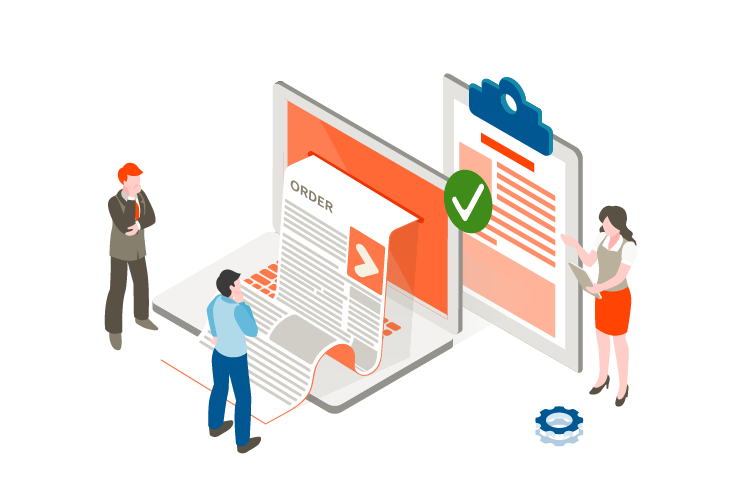
What is Omnichannel Commerce?

See What is happening in eCommerce industry.
What is Omnichannel Commerce?
Omnichannel. You’ve probably heard and read this buzzword many times. In your sales meetings, on your favorite marketing blog. Occasionally, you might even drop the word yourself.

The more technology advances, the more it’s integrated into our daily lives. The lines between what we do online and in real life have begun to blur.As people change their behaviors, marketers, salespeople, and customer support reps will need to react. Instead of thinking of a desktop experience, a mobile experience, a tablet experience, and an Apple Watch experience, we’ll need to pursue one, holistic approach — an omni-channel experience that customers can use whenever they want.
When the word is everywhere, it can get confusing what people actually mean by it.
Omnichannel retail (or omnichannel commerce) is a multichannel approach to sales that focus on providing seamless customer experience whether the client is shopping online from a mobile device, a laptop or in a brick-and-mortar store.
According to Harvard Business Review, 73 percent of all customers use multiple channels during their purchase journey.
The State of Commerce Experience 2021 shows that almost half (44%) of B2C buyers and 58% of B2B buyers say they always or often research a product online before going to a physical store. Even when in-store, they will still go online to continue their research.
Only when customers have gathered as much information as possible from a variety of sources to support their purchase decision, will they decide to buy from a retailer.
Omnichannel operations focus on the entire customer experience—not the customer’s individual experiences on different channels.
What is The Difference Between Omnichannel and Multichannel?

Let’s break the terms down individually:
1.Single-channel commerce means you’re selling your product via one sales channel only. This could be your brick-and-mortar store, your webshop or an online marketplace like eBay. This alone can work perfectly well. But, if you want to give your customers a richer experience with your brand, it’s wise to look into additional channels where you can sell your product.
2.Multichannel commerce sells your product to your customers on different channels, both online and offline. You interact with your customer via social media, by phone, and in your physical store. Your online presence is on point and your customers know where to find you. Multichannel is already a great strategy to get people engaging with your brand.
3.Omnichannel commerce takes place on multiple channels too, like the multichannel commerce strategy. Without multichannel, there’s no omnichannel. The big difference is that omnichannel commerce connects all channels. This means your customer has a seamless experience across all platforms.
Selling on OmniChannel is a trend and a better choice for eCommerce sellers in the future. So definitely, as Omnichannel sellers, you need a technology solution for stores management. Try Trail UPFOS at go.upfos.com, just lick and sign it within 30 seconds, you can let us to help you diagnose your stores‘ risk and see how international brands manage their online orders, products, warehouse, inventory, sales data and etc. Visit www.upfos.com to get more information about the best omnichannel system in Southeast Asian market – UPFOS!

Unlock the full power of UPFOS and reach your business goals faster.
Get strategic and technical guidance from UPFOS experts.
Products and Services
Quick Link
©2022 UPFOS All rights reserved.



